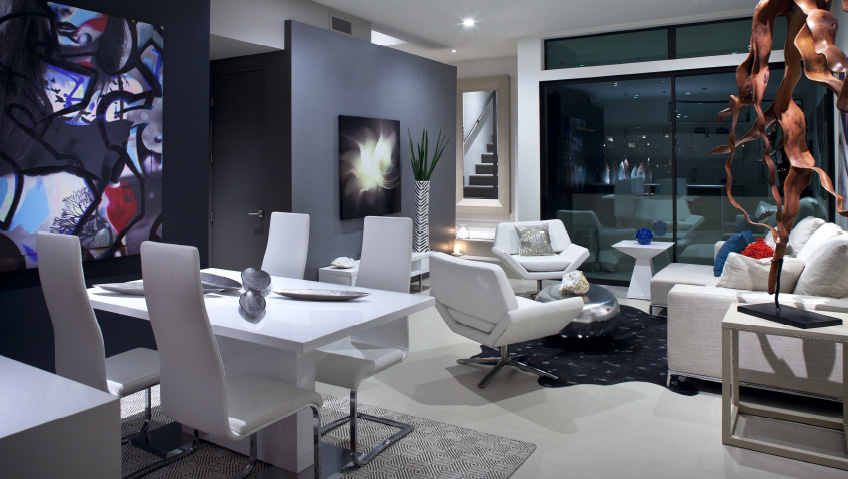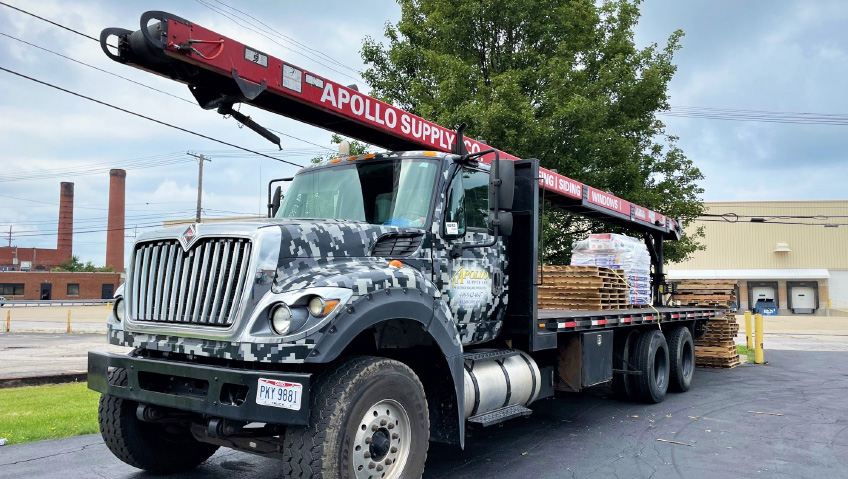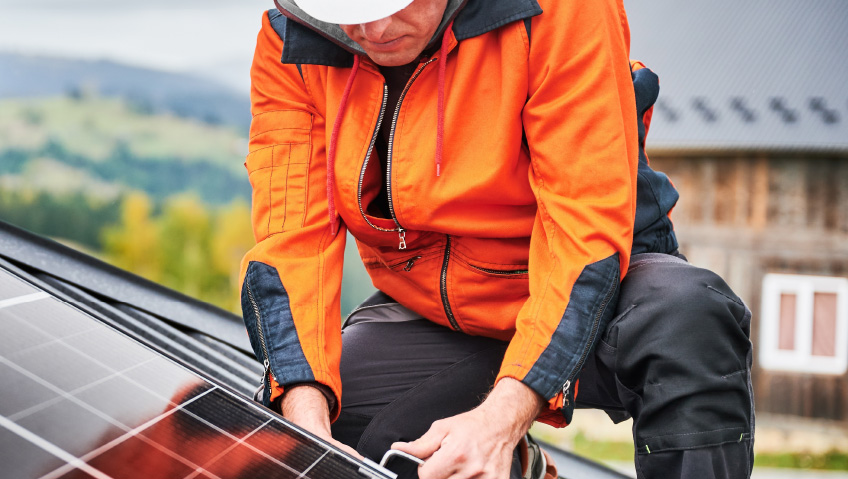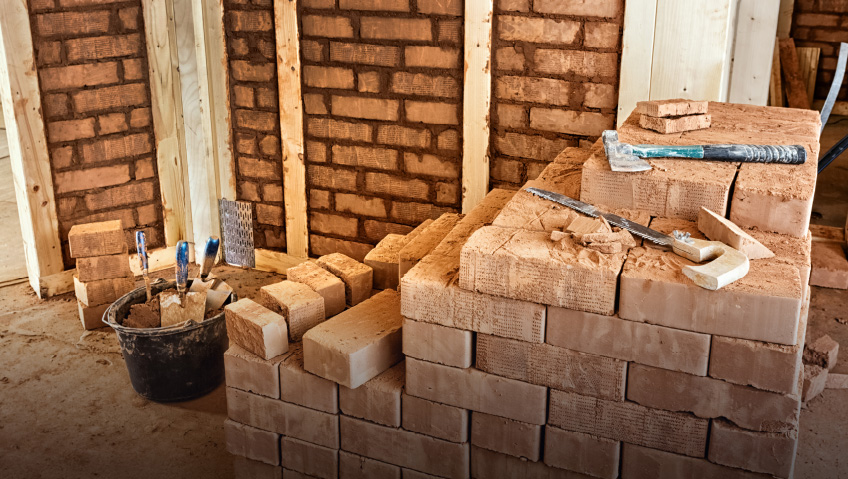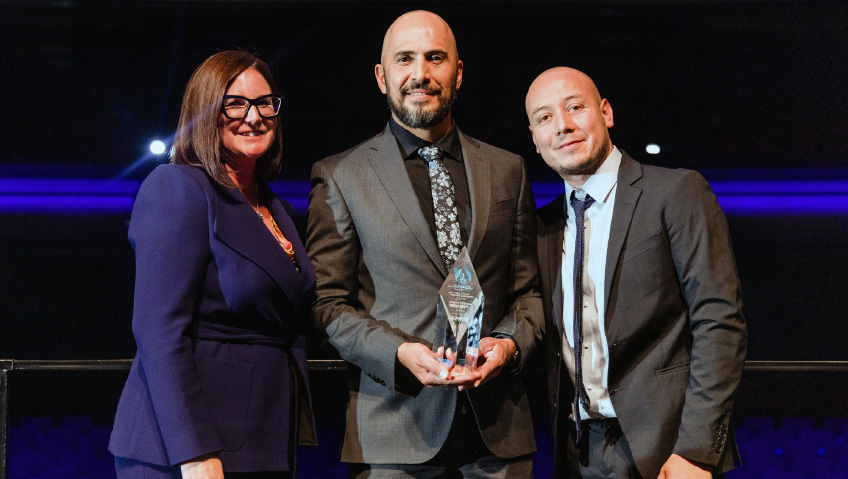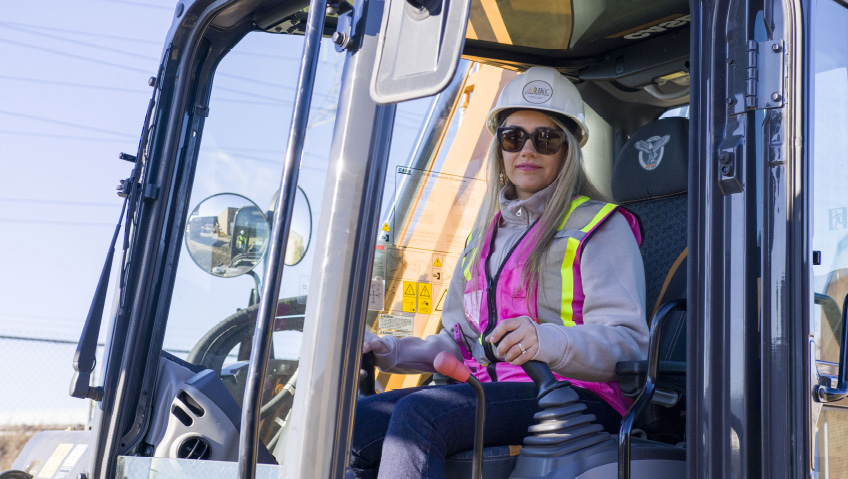MODUS, an award-winning multifamily development and real estate investment firm, is nationally recognized as a leader in Net Zero Energy (NZE) home development. Dedicated to making sustainable housing more affordable and reshaping global perspectives on housing, MODUS drives growth by adhering to the highest ESG industry standards. The company attracts socially conscious partners and investors, utilizes energy-efficient materials and technologies, and reduces energy demand through integrated design. This commitment has earned MODUS numerous awards and enabled its homes to outperform market competitors, consistently selling at above-market prices.
“I had a 20-year career in technology with very large companies and startups, and launched MODUS to be more involved with something you can touch and feel,” says President and Managing Partner Ed Gorman. “Also, there’s so much opportunity to implement technology instead of building the same thing over and over again because it worked.”
This is an industry not particularly known for innovation, he adds. “We took the opportunity partly to differentiate ourselves, but also to take advantage of what we felt was a huge opportunity in the marketplace.”
This drive led to an intense focus on great locations alongside a push for modern design at a time when very few people were doing it. “It’s something very much sought after today,” Gorman adds. “Younger generations are interested in what we’re doing and very few companies are producing it. We felt there was an opportunity to provide something not in the mass market.”
However, MODUS didn’t blindly approach building with the notion of being as green as possible and then hoping to make money. “Everything was calculated out,” says Gorman. “We focused on the technology of lifestyle, the automation people are familiar with: doorbells, lights, thermostat, music—those things you think of as lifestyle controlled by the palm of your hand.”
But, he adds, the other part of technology are the aspects you don’t see. It’s building science, and it’s an area that was severely lacking when MODUS was founded. LED lighting is now becoming ubiquitous, but when MODUS started using it 20 years ago, it was hard to find the right LED lights, as well as other technologies that increase home performance.
That became MODUS’s focus—building the first LEED homes in Arizona, which also turned out to be the first LEED multi-family development in the country.
“The response we got was amazing,” Gorman says. “It was a small project, we had no PR team, and it ended up in 250 publications around the world. It was on major networks, the Katie Couric show, and Brian Williams’ show. That was us proving sustainability can be sexy and economically viable, and it’s what launched it for us.”
Unfortunately, the recession hit while the team was building, forcing MODUS to proceed very cautiously—but also resulting in an opportunity to retool and narrow the company’s focus.
“In doing that project, we found what people really wanted out of sustainability was what saved them money,” Gorman says. “We started focusing on that, and that’s when we switched to focusing on the Department of Energy’s ENERGY STAR program.”
Everything built after that first project was built through the ENERGY STAR program, with the past 10 years embracing the Zero Energy Ready Home program (ZERH). That means that, where it makes sense, MODUS utilizes solar energy to produce additional revenue while residents receive an electric bill 50 to 70 percent lower than a standard-built home.
“Because of the performance on these properties, they end up selling for more or renting for more,” Gorman says. “We find we get premiums in every submarket we go into, and we attribute that to good locations, more advanced designs, and the technology in them.”
Additionally, the “build-to-rent” (BTR) approach provided an opportunity for MODUS to take its considerable knowledge and experience and leverage it to operate on a much larger scale, resulting in a pipeline of more than 1,000 BTR units around the Phoenix metropolitan area, all breaking ground over the next 24 months.
Part of the MODUS mission is also affordability, desperately needed during an ongoing, nation-wide housing crisis. “Typically, after school, people get their first job, move out of mom’s house into an apartment with the dream to buy a house,” Gorman says. “That’s when a house might have been three to five percent down, the mortgage was $100,000, and the interest rate was four or five percent.”
That’s no longer the case. “Today, a lot of the younger crowd is blocked out. But the dream is still having a home. They want to have a place that has no one living above them, below them, or next to them, and have a backyard. They just want their own space.”
This is where MODUS’s build-to-rent comes into play, for renters of necessity and renters of choice, such as a younger family who can’t afford a house but wants to be in one. They realize the many benefits of renting, including not having the burdens of owning a home and taking care of expensive maintenance. There is a backyard maintained by the community, a pool, and a barbecue, all supplied.
“Our amenity spaces rival any class A apartment building in town or an urban setting,” says Gorman. “People really like this lifestyle; it’s the best of both worlds. Rent is maybe five to 10, sometimes 20 percent higher than an apartment, but it’s certainly dramatically less than paying a mortgage, which is where the affordability comes in,” he says.
“As we expanded into build-to-rent in the suburbs, we focused on locations that already had infrastructure, typically on or near freeways and surrounded by retail,” Gorman says. “Most of our sites have a million square feet of retail near them or even next to them, and they have great job growth. We go where there are jobs, transportation, and retail in place.”
When designing BTR, MODUS takes every aspect in hand, utilizing AI for floor planning that is unique and embodies the feel of a single home rather than an apartment.
Modern design has also been one of the company’s priorities. “The architecture speaks for itself. We push modern inside and outside; people want modern. When we first started doing this 20 years ago, you could probably count how many modern projects there were in town. Now there are more and more, and we’re seeing it starting to push out to the suburbs. And our finishes are very modern; we don’t use traditional finishes. We still build to a similar budget as our competitors, but the esthetic style we go for is modern. And people like it. We rarely have somebody come in and say they don’t like modern. We’re offering that as our point of differentiation and it’s working very well,” Gorman says.
“We’re a leader not only in building out NZE communities, but also in building out communities that use solar energy, with most of our communities being solar-powered.” Challenges in that space include incentives that have decreased substantially compared to five years ago. But Gorman has also seen prices for solar inverters and batteries come down dramatically in the last five to 10 years, creating a better space for that opportunity.
“I think we’re going to hit a perfect storm in the sustainability realm,” he adds. “Solar makes sense when you’re offsetting a high cost of electricity, and electricity is continuing to rise at a rate we haven’t seen in years. These blackouts and storms are forcing utility companies to recoup that and raise rates. Now there’s talk of all data centers needing massive amounts of capacity for AI, and we don’t have it. So, when they go to build that out, that cost is going to get passed on. Having power is going to be a higher cost.”
Ultimately, it makes even more sense to use less power or add power generation to communities, says Gorman, who envisions more and more companies following this path in the future.
“If you’re offering up a program where you’re providing them a very low cost of power, why would somebody not want that opportunity? What we’ve also done in our sustainable elements—which I think has made us unique—is starting on a boutique scale and expanding, able to work through innovations to find the best things that work to hit our sustainability goals.”
To that end, MODUS’s Net Zero Energy Ready Homes are built for the exact same cost as competitors’ conventionally built homes, the reason being that MODUS designs its buildings that way from scratch. “We’ve had people have us look at their products and ask us to help make theirs net zero. When you look at it, a traditional-built building might just be too poorly designed to become energy-efficient, but there are elements they could incorporate, like orientation of the windows and positioning of the home.”
For instance, “better insulation reduces how much heating and cooling equipment we need,” says Gorman. “We save thousands of dollars on heating equipment because we spent a couple hundred dollars on spray foam insulation. We have to find ways to create more energy efficiency at a lower cost.”
Looking ahead, Gorman expects to put out NZE homes on a larger scale to communities across multiple states, with the ultimate vision of expanding nationally. Regardless, he remains excited about the many impressive accomplishments MODUS has earned, including the first LEED multi-family homes in the country, the first net-zero multi-family development in Arizona, and the first 100 percent net zero apartment building in the country.
“We continue to be an innovator,” he says. “We always push it, but with a 20-year track record, we’ve proven that innovation works for us. We’re really excited about those kinds of accomplishments and challenges.”

